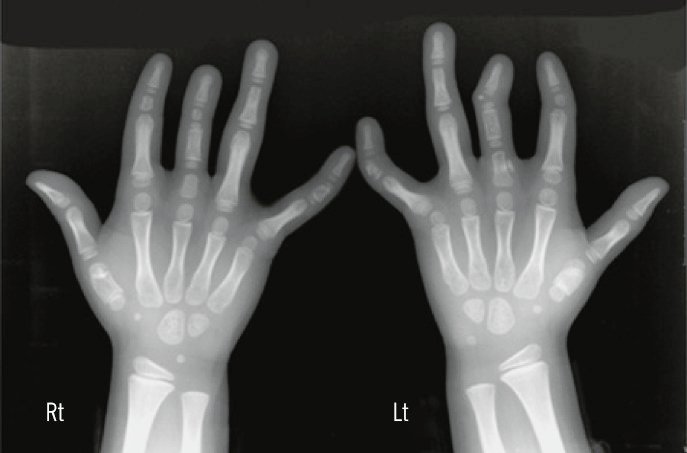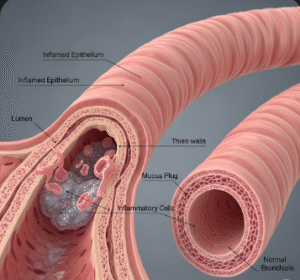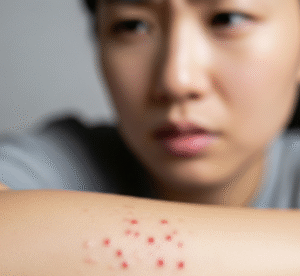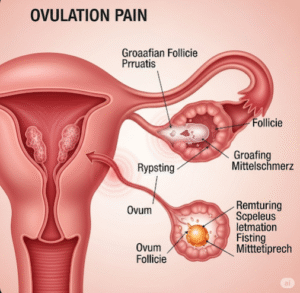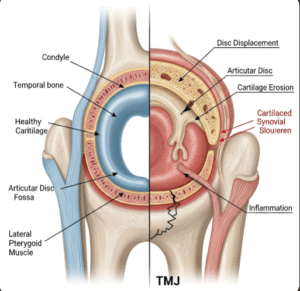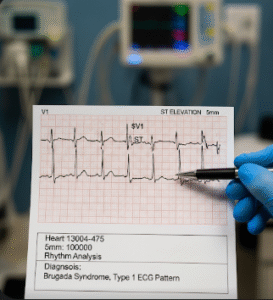Overview
Symphalangism is a rare congenital condition characterized by the fusion of finger or toe joints, leading to limited or absent joint movement. While it is usually inherited genetically, it may also appear as part of a syndrome. In Korea, diagnosis and treatment are handled through a multidisciplinary approach involving orthopedic specialists, genetic counseling, and rehabilitation therapy.
What is Symphalangism?
Symphalangism refers to the abnormal fusion of the phalanges (bones) in the fingers or toes. This fusion can occur in any joint but most often affects the proximal interphalangeal (PIP) joints. It may be classified as:
- Proximal symphalangism – fusion of the joint closest to the hand or foot
- Middle symphalangism – fusion of the middle joint
- Distal symphalangism – fusion of the joint closest to the fingertip
This condition can be non-syndromic (isolated) or syndromic (part of a genetic disorder such as multiple synostoses syndrome or NOG-related disorders).
Symptoms
- Stiffness or immobility in affected fingers or toes
- Reduced ability to bend joints
- Shortened digits (in some cases)
- Mild pain or discomfort (rare)
- Difficulty with fine motor tasks (if hands are involved)
Causes
- Genetic mutation – most commonly NOG (noggin) gene mutation
- Autosomal dominant inheritance – condition can be passed from one affected parent
- May occur sporadically in people with no family history
Risk Factors
- Family history of symphalangism or related skeletal syndromes
- Genetic disorders like proximal symphalangism (SYM1) or multiple synostoses syndrome (SYNS)
- Parental consanguinity (less common in Korea)
Complications
- Limited joint movement affecting daily activities
- Functional problems with grip or dexterity
- Cosmetic concerns or psychological impact
- Possible association with hearing loss (in syndromic cases)
Prevention
There is no known way to prevent symphalangism. However:
- Genetic counseling is recommended for families with a known history
- Prenatal genetic testing may be available in syndromic cases
Treatment Options in Korea
South Korea offers advanced orthopedic and genetic services for rare congenital disorders like symphalangism.
Diagnosis
- Physical examination by a pediatric orthopedist or geneticist
- X-rays or MRI to confirm joint fusion and assess bone structure
- Genetic testing to identify associated mutations (especially NOG gene)
Treatment Approaches
Treatment is usually conservative, focusing on improving function rather than reversing the fusion.
- Physical Therapy
- Helps maintain mobility in adjacent joints
- Strengthens surrounding muscles to optimize hand or foot function
- Occupational Therapy
- Teaches alternative techniques for daily activities
- Adaptive devices may be recommended
- Surgical Intervention(in selected cases)
- Rarely performed unless there is functional impairment or cosmetic concern
- May involve osteotomy or arthrodesis to improve alignment
- Hearing Tests
- Recommended in syndromic cases where symphalangism may co-occur with conductive hearing loss

